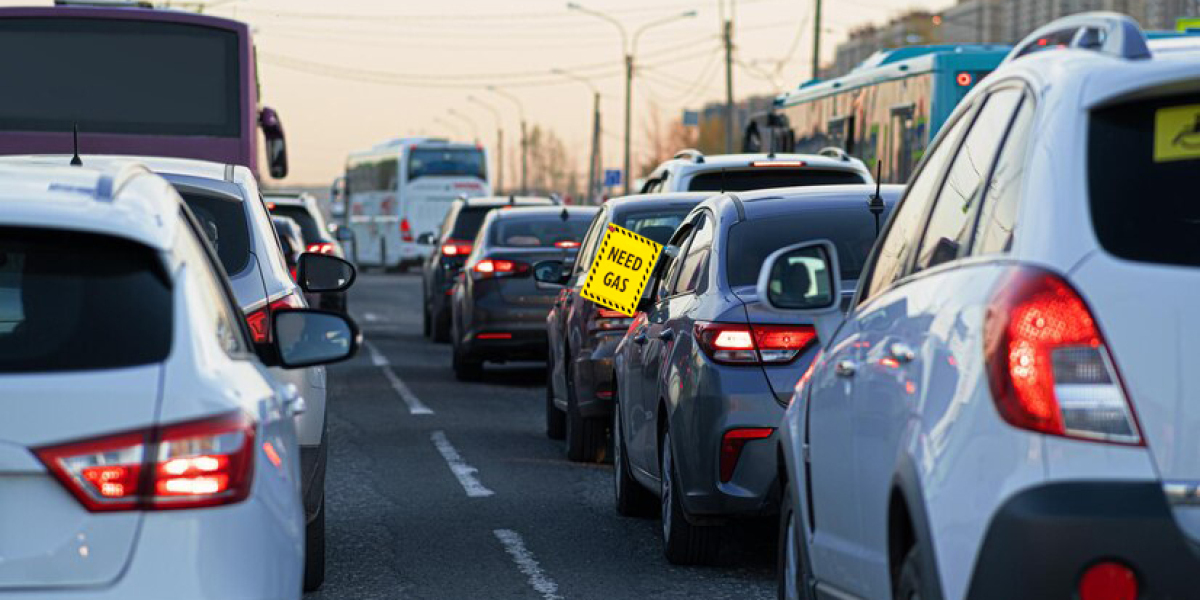Emergency signs and danger signs are often found in places we pass by without a second thought. These subtle, sometimes unnoticed markers are designed to save lives and guide us through unexpected situations. When faced with danger, the ability to quickly identify and act upon these signs can be the difference between safety and disaster. But why are these signs so crucial? In this article, we will explore the importance of emergency signs in our daily lives, how they prevent accidents, and why it’s vital to be aware of them when it matters most.
Every day, we encounter a variety of emergency signs, from the "Exit" signs in a building to the flashing lights indicating a hazard. These simple visual cues are more than just regulations—they are vital tools for survival. By understanding what each sign means, we increase our chances of reacting quickly in emergencies, helping to avoid catastrophic outcomes.
The Lifesaving Power of Emergency Signs
Emergency signs are not just decorative elements on walls or doors—they are key components of safety protocols. Their presence in various environments—whether it’s a hospital, factory, school, or public space—plays a critical role in preventing accidents and guiding people to safety. These visual indicators are carefully designed to grab attention, provide immediate information, and provoke quick action.
In any potentially dangerous situation, time is of the essence. The ability to recognize a danger sign quickly can prevent unnecessary injuries or even fatalities. Whether it’s a fire evacuation route, a hazardous chemical warning, or an electrical hazard sign, these symbols direct individuals to take immediate, life-saving actions. Their visibility and clarity are paramount in situations where seconds could make the difference between life and death.
Types of Emergency Signs and Their Importance
Not all emergency signs are created equal, and each type serves a specific function. Understanding the various categories of emergency signs and their meanings can significantly improve your ability to respond during a crisis.
Hazardous Material Signs
One of the most critical types of emergency signs are those that warn of hazardous materials. In environments such as laboratories, chemical plants, and factories, danger signs are often used to indicate the presence of harmful substances. Whether it’s a warning about toxic fumes, flammable liquids, or corrosive materials, these signs alert individuals to exercise extreme caution. For example, a simple "Biohazard" sign or "Flammable" label on a chemical container can prevent accidental exposure to dangerous substances.
These types of emergency signs are essential in keeping workers and visitors safe by ensuring that appropriate precautions are taken, such as wearing protective gear, following safety protocols, or avoiding specific areas.
Evacuation and Exit Signs
Another category of emergency signs is evacuation and exit signs, which are critical for guiding people to safety during a disaster. In case of a fire, earthquake, or any other emergency, having clearly marked exits can save lives. Exit signs, often accompanied by arrows pointing in the direction of the nearest escape route, ensure that people can quickly and efficiently leave a building or area that is at risk.
These signs are often illuminated to remain visible even in low-light conditions, such as during power outages, ensuring that individuals are always aware of the safest path to take.
Fire Safety Signs
Fire safety signs are designed to alert individuals to the presence of fire hazards and guide them to fire extinguishers, fire exits, and emergency alarms. These signs are crucial in environments where the risk of fire is higher, such as restaurants, offices, and industrial facilities. The signs themselves are often in bright red or yellow colors to immediately grab attention.
Fire safety signs not only indicate the presence of fire risks but also provide crucial information about how to handle or mitigate the hazard. For example, a "No Smoking" sign in an area with flammable materials can help reduce the risk of an accidental fire.
Warning Signs for Electrical Hazards
Electrical hazards are present in almost every modern workplace and home. Danger signs that warn of electrical risks are essential for preventing shocks, fires, and other dangerous accidents. Whether it’s a high-voltage warning or a symbol indicating the need for protective equipment, these signs alert individuals to the potential dangers of electrical systems.
Proper placement of electrical hazard signs near electrical panels, outlets, or machines ensures that people are aware of the risks and take the necessary precautions to avoid accidents.
How Emergency Signs Help Prevent Catastrophes
The real value of emergency signs comes into play when an unexpected crisis occurs. In these moments, people often panic and struggle to process information. Emergency signs help cut through this confusion by providing immediate and clear guidance on what steps to take.
Guiding People to Safety
In the event of an emergency, such as a fire or gas leak, emergency signs act as clear instructions for individuals to follow. Without these signs, it is easy for people to become disoriented or confused, especially in chaotic situations. By marking exit routes, first aid stations, and other crucial safety points, emergency signs guide people to safety with minimal delay.
Reducing Accidents in Dangerous Environments
In workplaces and environments with heightened risks, danger signs provide essential information to avoid accidents. For example, a construction site may have various danger signs indicating falling debris, electrical wiring, or hazardous chemicals. These warnings keep workers alert and ensure that they take the necessary precautions, such as wearing helmets, goggles, or gloves.
In factories, clear hazard signs prevent workers from coming into contact with dangerous machinery, electrical hazards, or toxic substances. Without these signs, the likelihood of an accident increases dramatically.
Mitigating Human Error
Even the most careful individuals can make mistakes, especially in high-pressure or emergency situations. The presence of emergency signs helps mitigate human error by providing quick, easy-to-follow instructions. For example, a "First Aid" sign pointing to the location of a medical kit can guide someone in need of help without further delay. Similarly, clear evacuation routes can prevent people from becoming lost during an emergency, ensuring a faster and more efficient response.
The Design of Emergency Signs: What Makes Them Effective?
The effectiveness of emergency signs lies not just in their presence but in their design. Emergency signs are carefully crafted to ensure they catch attention and provide clear, concise instructions.
Color and Contrast
The use of contrasting colors is a key design element in emergency signs. Red, yellow, green, and blue are commonly used to convey urgency, caution, safety, and information. Bright colors like red and yellow help attract attention, signaling a need for immediate action or caution.
Simple, Universal Symbols
Another important design aspect of emergency signs is the use of simple, universally recognized symbols. For example, a red circle with a line through it universally denotes prohibition, while a green exit sign indicates an escape route. These symbols ensure that even individuals who do not speak the local language can still understand the meaning of the sign.
Clear Typography
In addition to symbols, clear and legible typography is crucial for conveying information effectively. Emergency signs often use bold, easy-to-read fonts, ensuring that even in stressful or chaotic situations, people can quickly comprehend the message.
The Importance of Maintaining Emergency Signs
To be effective, emergency signs must be maintained properly. Over time, signs can become faded, damaged, or obstructed, rendering them ineffective. Regular inspections and maintenance of emergency signage ensure that they remain visible and easy to understand when they are needed the most.
Conclusion: Stay Aware, Stay Safe
In conclusion, emergency signs and danger signs play an indispensable role in our safety. These crucial markers provide essential guidance, helping us navigate through dangerous situations with minimal risk. By understanding the importance of these signs and staying alert to their presence, we increase our chances of survival in critical moments. From workplaces to public spaces, emergency signs are our silent guardians, providing life-saving information when we need it most. Stay aware, trust the signs, and always be prepared to act quickly when the unexpected occurs.

















